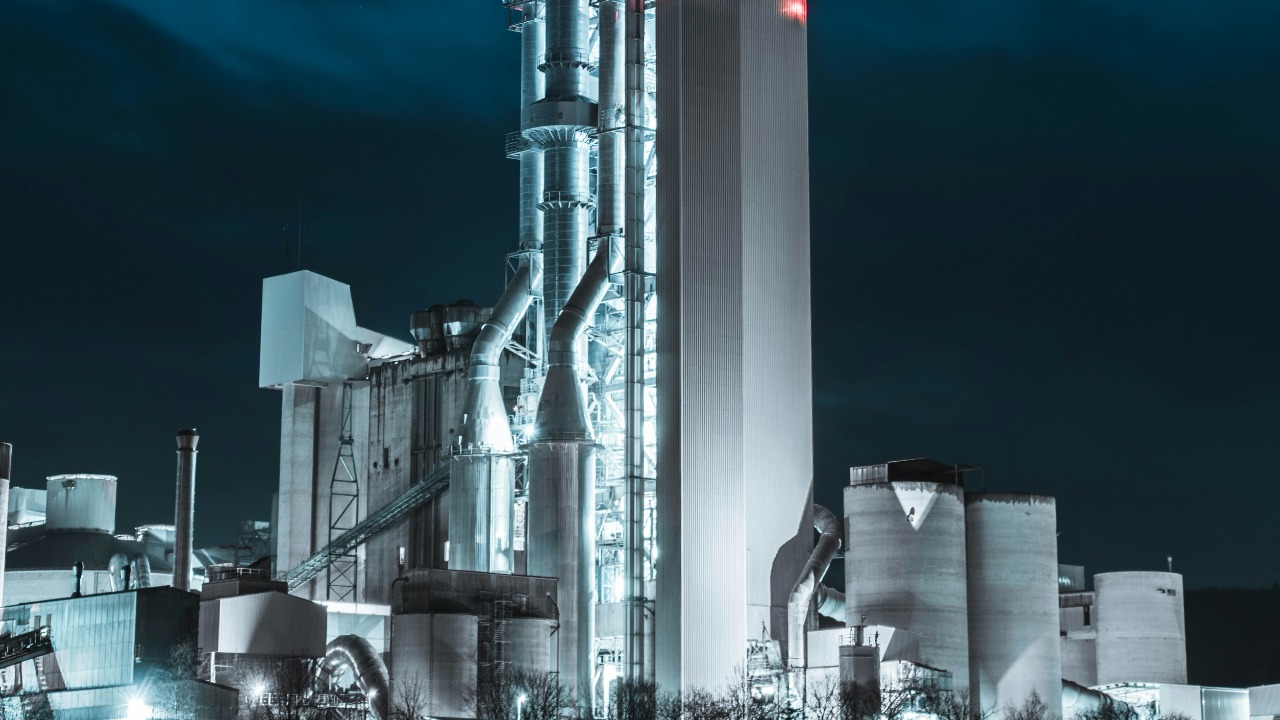
The prospect of a nuclear power base on the moon, spearheaded by China and Russia, is capturing global attention and concern. As these nations collaborate on this ambitious lunar project, the geopolitical and scientific implications are immense. The race against time is on, as other countries, including the United States, scramble to respond.
The Strategic Importance of Lunar Colonization
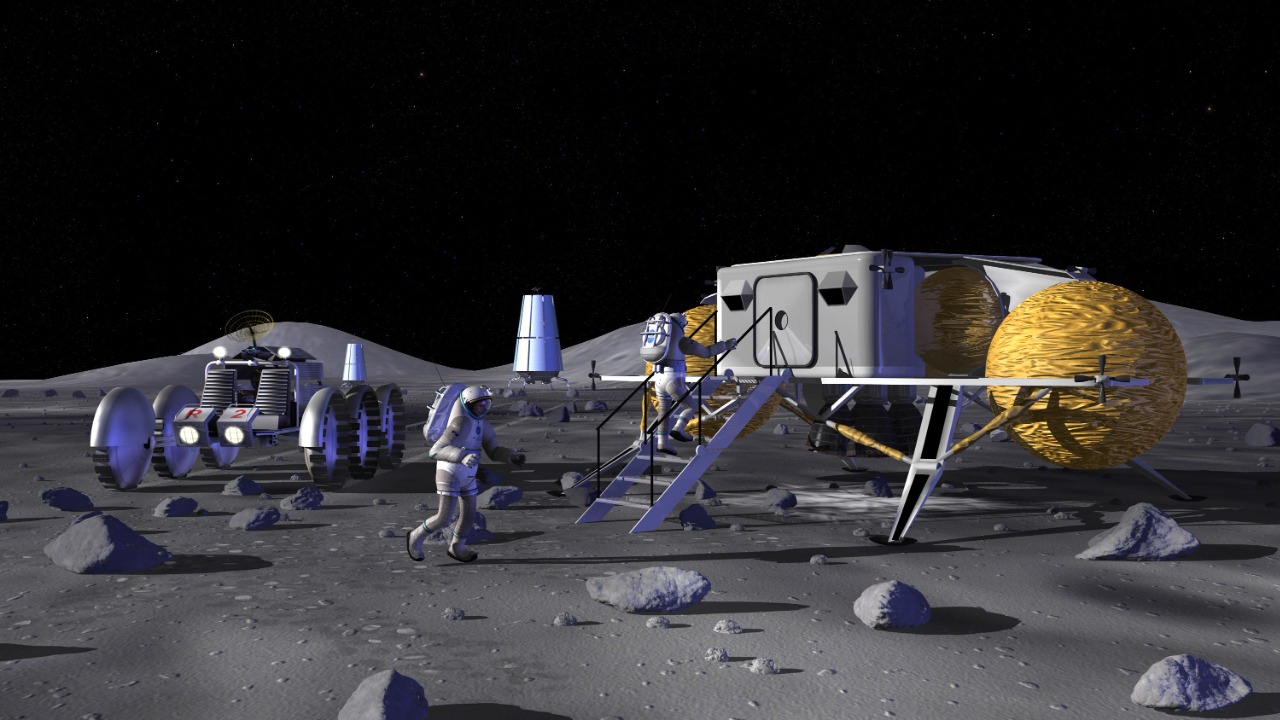
The history of lunar exploration is a testament to human ambition and technological prowess. The Space Race between the United States and the Soviet Union marked the beginning of this era, culminating in the historic Apollo 11 moon landing in 1969. However, the moon has remained a symbol of unclaimed potential, waiting for the next wave of explorers to unlock its secrets. Today, the renewed interest in lunar colonization is driven not only by scientific curiosity but also by the strategic advantages it offers. The moon’s resources, such as helium-3, could revolutionize energy production on Earth, while its location serves as a potential launchpad for missions to Mars and beyond.
China and Russia’s lunar ambitions have profound geopolitical implications. Establishing a nuclear power base on the moon could shift the balance of power, granting these nations a strategic foothold in space. This development could challenge the dominance of traditional spacefaring nations like the United States, prompting a re-evaluation of global alliances and defense strategies. The technological advancements required for successful lunar colonization, such as advanced propulsion systems and autonomous robotics, are also likely to have far-reaching effects on various industries, further cementing the influence of the countries that lead in these fields.
China and Russia’s Collaborative Efforts
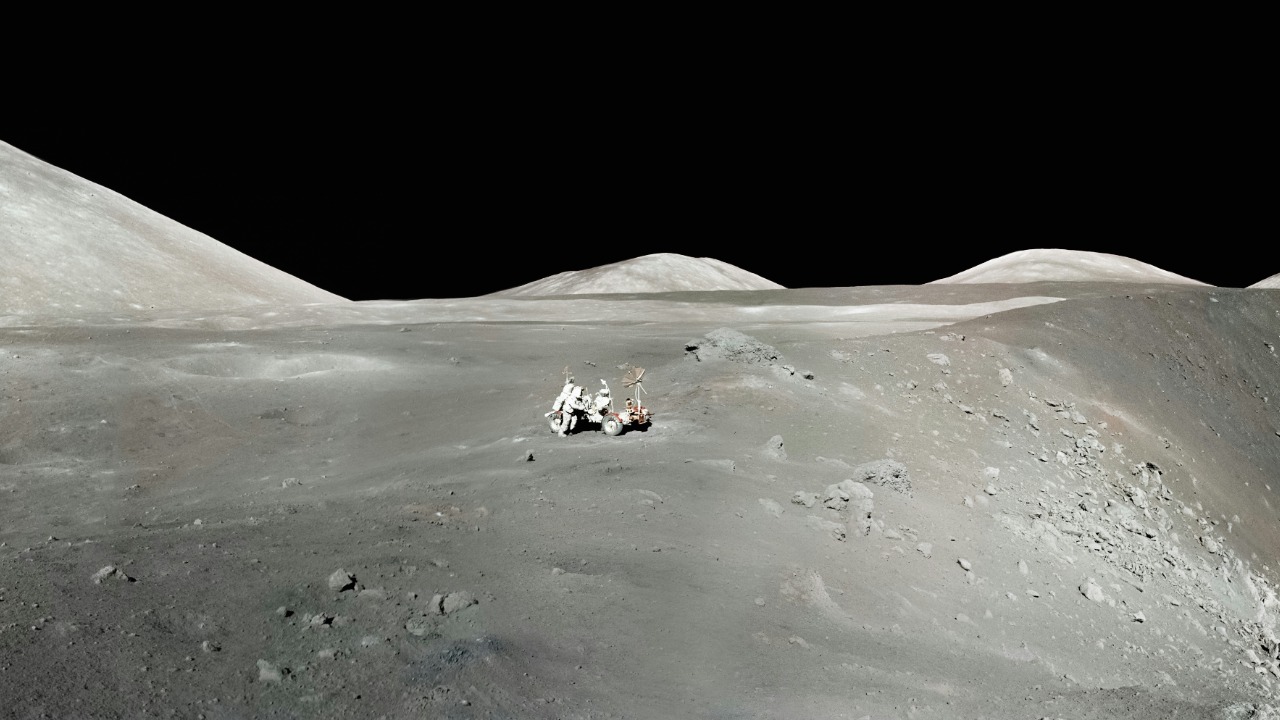
The partnership between China and Russia in space exploration is built on a foundation of mutual interests and shared goals. This collaboration has been formalized through various agreements, such as the 2021 Memorandum of Understanding, which outlines plans for a joint lunar research station. By pooling their resources and expertise, China and Russia aim to accelerate their lunar ambitions and overcome the challenges associated with establishing a permanent presence on the moon. This joint venture is a strategic move that allows both countries to leverage each other’s strengths, with China providing cutting-edge technology and Russia contributing its extensive experience in space missions.
However, this collaboration is not without its challenges. Logistical hurdles, such as coordinating launches and managing complex supply chains, must be addressed to ensure the success of their lunar endeavors. Additionally, political tensions between the two countries could complicate their partnership, especially as both nations navigate their own domestic and international priorities. Despite these obstacles, the combined efforts of China and Russia represent a formidable force in the race to establish a nuclear power base on the moon.
The Race Against Time: Global Reactions
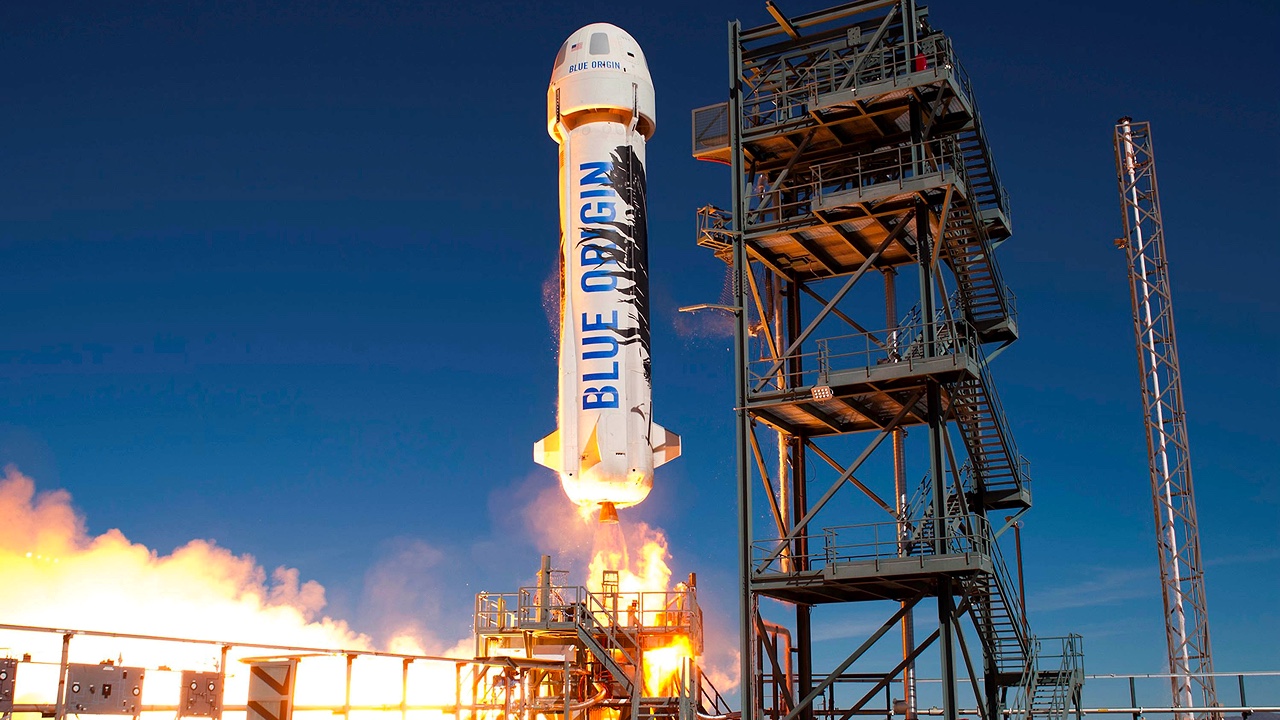
The response from the United States and its allies to the Sino-Russian lunar ambitions has been one of urgency and determination. The U.S. government has ramped up its own space initiatives, emphasizing the importance of maintaining a competitive edge in this new era of exploration. The Artemis Program, spearheaded by NASA, is a direct response to the growing influence of China and Russia in space. With the goal of landing the first woman and the next man on the moon by the mid-2020s, the Artemis Program seeks to establish a sustainable presence on the lunar surface and foster international collaboration.
As the competition intensifies, other nations and private companies are also entering the lunar race. Countries like India and Japan have announced plans for their own lunar missions, while companies such as SpaceX and Blue Origin are developing technologies to support commercial space travel. This burgeoning interest in lunar exploration highlights the growing recognition of the moon’s potential as a hub for scientific research and economic development. It also underscores the need for international cooperation to ensure the peaceful and sustainable use of space resources.
Nuclear Power: The Key to Sustainable Lunar Presence
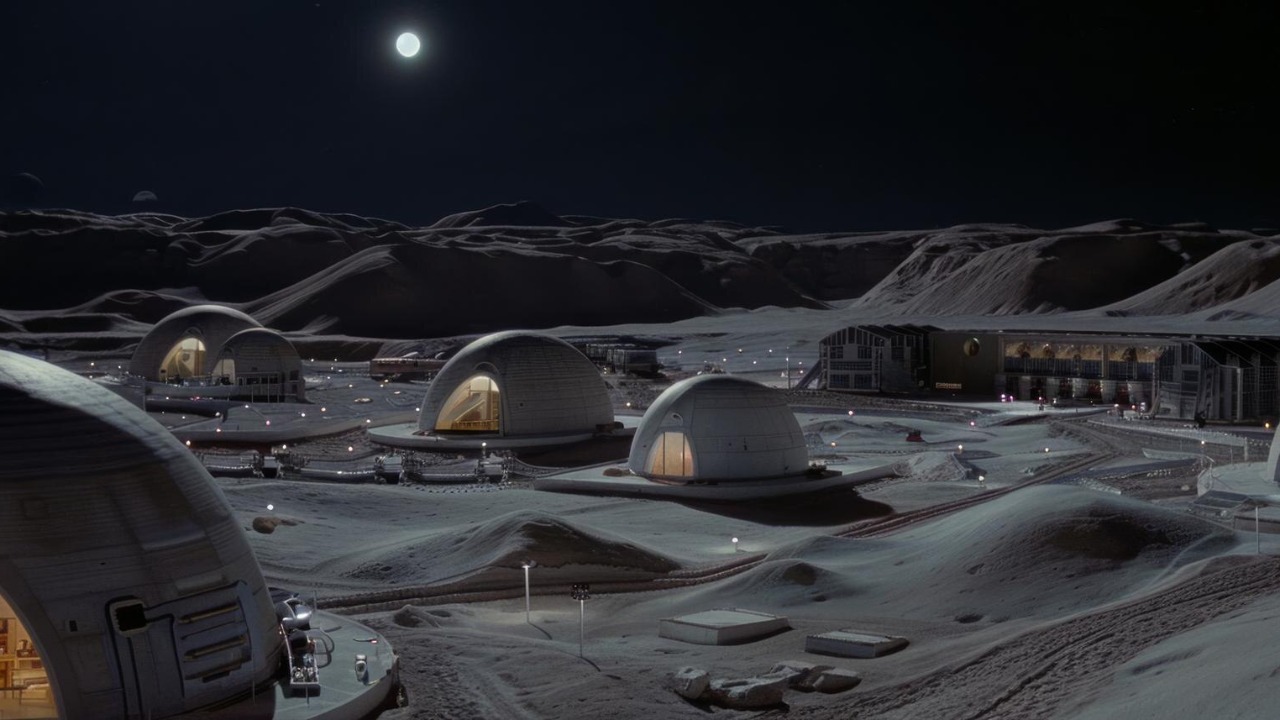
The choice of nuclear power as the primary energy source for a lunar base is driven by its potential to provide a reliable and long-lasting supply of energy. Unlike solar power, which is limited by the moon’s two-week-long night, nuclear reactors can operate continuously, supporting the needs of a growing lunar colony. This energy independence is crucial for the success of long-term missions and the development of a self-sustaining lunar infrastructure. The use of nuclear power also aligns with China and Russia’s broader energy strategies on Earth, where both countries are investing heavily in nuclear technology as a means of reducing their reliance on fossil fuels.
However, the deployment of nuclear reactors on the moon raises significant safety and environmental concerns. The risk of radiation exposure and potential contamination of the lunar environment must be carefully managed to prevent adverse effects on both the moon and future human settlers. Additionally, the transport and disposal of nuclear materials present logistical challenges that require innovative solutions. Despite these risks, the potential benefits of nuclear power on the moon make it a compelling option for those seeking to expand humanity’s presence in space.
Implications for the Future of Space Exploration
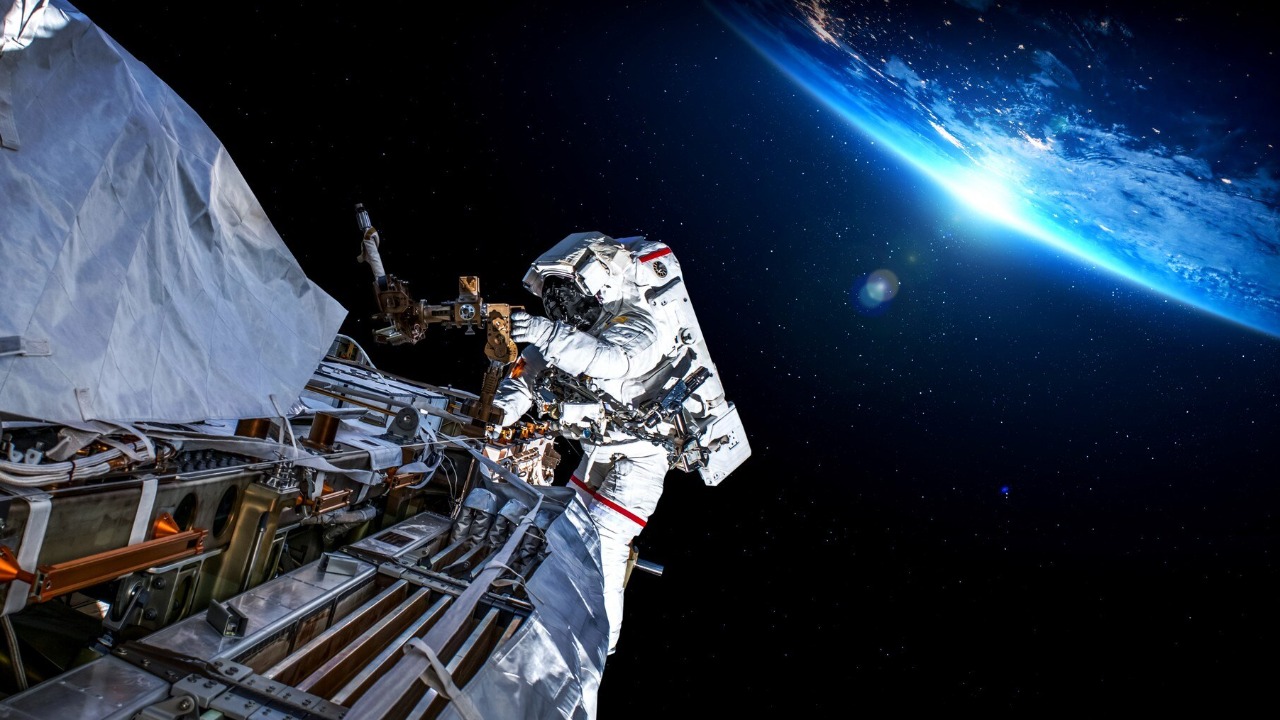
The establishment of a nuclear power base on the moon represents a significant milestone in the broader objectives of space exploration. Beyond providing a stable energy source for lunar colonies, this development could pave the way for further exploration and colonization of other celestial bodies. The technologies and knowledge gained from this endeavor will be invaluable as humanity looks to Mars and beyond, pushing the boundaries of what is possible in space travel and settlement.
As we venture further into space, ethical and legal considerations will play an increasingly important role in guiding our actions. The existing frameworks governing space exploration, such as the Outer Space Treaty, will need to evolve to address the complexities of lunar colonization and resource exploitation. These discussions will shape the future of space exploration, ensuring that it is conducted responsibly and equitably.
Ultimately, the vision of a nuclear-powered base on the moon challenges us to rethink our place in the universe. It offers a glimpse into a future where humanity is not confined to Earth but is instead a multi-planetary species, capable of harnessing the resources of the cosmos for the betterment of all. As we stand on the cusp of this new era, the decisions we make today will determine the trajectory of human civilization for generations to come.